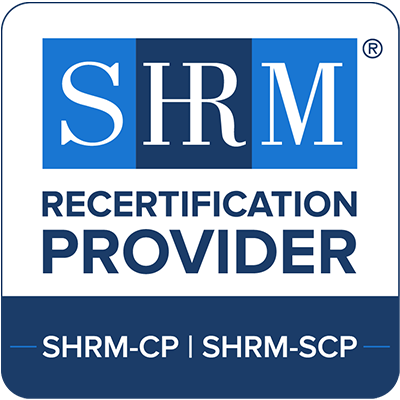Employee engagement gives organizations a competitive advantage in talent acquisition and retention.
One of the most effective employee retention strategies? Establishing mentorship programs. Employees with mentors are twice as likely to be engaged at work compared to those without mentors. Learn how mentorship drives employee engagement, encourages career development and strengthens leadership pipelines.
The Role of Career Progression in Retention
A lack of growth opportunities often leads to turnover, with a notable 94% of employees expressing they would stay longer at a company if it invested in their career development. Mentors can help employees with their long-term career aspirations and unlike standard performance reviews, they can provide consistent feedback that meets a specific employee’s goals. Furthermore, mentors can help employees widen their network and make new connections.
Upskilling and Reskilling Opportunities
To stay competitive, employees should have professional development opportunities. Mentorship programs can serve as a great framework for structured upskilling and reskilling programs.
Upskilling focuses on enhancing current job-related skills to improve performance or take on expanded responsibilities. Reskilling involves training employees to develop entirely new skills, often to prepare them for pivoted roles in response to advancing technology or shifting priorities.
A mentor understands an employee’s starting point, identifies gaps and can develop growth plans appropriately. Consider combining mentorship efforts with skill-building initiatives like certifications or workshops to keep employees motivated.
Building Leadership Pipelines
An often overlooked benefit of mentorship is the role it plays in developing leaders. Every company needs a strong leadership pipeline for long-term success. By empowering top talent through mentorship programs, organizations can create pathways to identify these potential leaders. Through mentorship, employees can get leadership skills in real-world settings.
A practical example of mentorship’s impact is T-Mobile’s mentorship program. Participants in the program had a 78% retention rate, compared to a 41% rate for those who did not participate, highlighting the effectiveness of mentorship in retaining talent.
How To Get Started
- Define your goals for the mentorship program. Examples: employee development, leadership growth, etc. Make sure these align with business objectives.
- Secure leadership buy-in by presenting benefits and gathering the right resources.
- Create the program’s structure: Ex. one-on-one, group, etc. and establish a matching process based on skills, experience and career goals.
- Once launched, promote the program through internal communications and kickoff events.
- Monitor progress through check-ins, surveys, and key performance metrics like engagement and retention. Gather feedback to refine the program and address challenges.
Partner with Markstein to experience our award-winning workforce and employer branding solutions.
